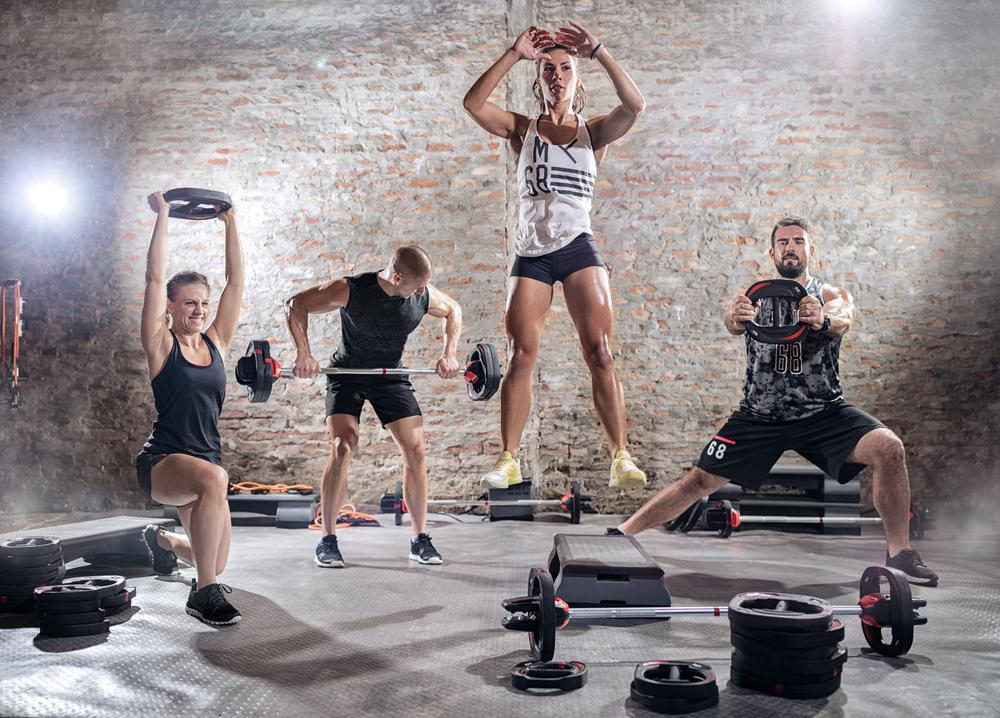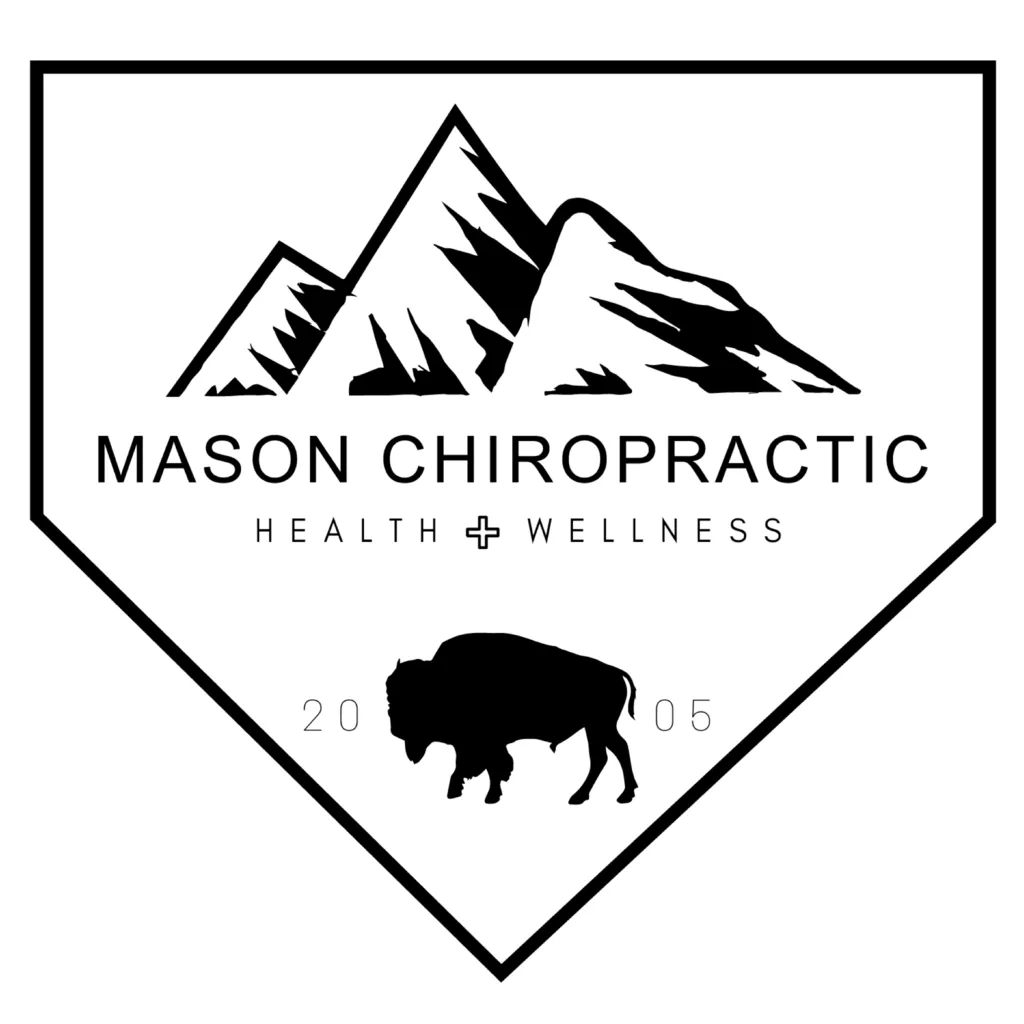
While there are many conflicting views on fitness, I believe an ideal approach focuses on balance and variety (and it doesn't have to happen in a gym). So, while daily non-exercise movement lays the foundation for good health, more intense exercise is needed to really optimize physical fitness and maximize the health benefits you can get from all the other positive lifestyle strategies you engage in.
Exercise has also been proven to be key for longevity, which isn't particularly surprising considering it helps correct the metabolic problems underlying most chronic diseases that lead to an early grave. The question is what type of exercise is the most effective and how much exercise is "enough?" There are no hard and fast rules here, but studies do offer some valuable clues and guidelines.
As a general rule, something is better than nothing, and one of the foundational fitness guidelines is to get regular movement throughout your waking hours. In other words, avoiding sitting as much as possible is key, as the simple act of bearing weight on your legs helps stimulate a biochemical cascade that benefits your health.
Over and beyond that, the research is quite clear on the type of exercise that is the most effective — both in terms of delivering powerful health benefits and being time-efficient — and that is high-intensity interval training (HIIT).
A growing body of clinical research maintains that the ideal fitness regimen is one that mimics the movements of our hunter-gatherer ancestors, as these movement patterns are what your body is hard-wired for. This includes:
- A variety of physical activities performed regularly (including walking, weight training, burst-type cardio and stretching). As a general rule, high intensity interval training (HIIT) would be performed once or twice a week and weight training at least twice a week
- Alternating more intense activity days with less active days
- Ample time for rest after physical exertion
Limit Your Sitting
Since it's the overall amount of physical activity each day that brings you the greatest rewards — at least in terms of life extension — you can accumulate "fitness points" either by doing burst-type exercises several times a day, or simply walking and moving about a lot.
In this study, no distinction was made between intentional exercise such as taking a brisk walk and unintentional activity such as vacuum cleaning or walking up a flight of stairs. Just about any physical activity counts. In earlier research, the greatest longevity benefits were in fact reaped by those who primarily walked for an hour or more each day.
This makes sense when you consider that chronic sitting has health and mortality risks similar to smoking, raising both your risk of lung cancer and all-cause mortality by about 50 percent. Importantly, it elevates your risk for an early death independently of your fitness and other lifestyle habits.
It's ok to sit some, but ideally you'll want to limit your sitting to three hours or less, and aim for 10,000 steps a day, over and above your scheduled workout. A fitness tracker (Fitbit or something similar) can be a helpful tool to monitor your progress and ensure you're hitting your mark.
Simple Ways to Be More Active
That said, it's worth stating that HIIT has been shown to have physical benefits that surpass mere walking — such as boosting human growth hormone (HGH) and building strength and stamina — but at least in terms of reducing your risk of death over the long-term, staying active, in whatever way works for you, is the most important factor. The great news is there are countless ways of getting more movement into your daily life. Here are a handful of suggestions:
- Walk or bicycle whenever possible rather than driving your car. Walking can easily be turned into a high-intensity bout exercise by intermittently quickening your pace
- Take every opportunity to get out of your office chair and move. For example, deliver a message to a colleague in person rather than sending an email or test (provided they're within walking distance); stand up when talking on the phone; conduct walking meetings or standing meetings
- Opt for less convenience. Take the stairs instead of the elevator; park further away from the store entrance; use a push mower rather than a sit-down mower to cut your grass; rake your own leaves and your own garden rather than paying someone to do it.
